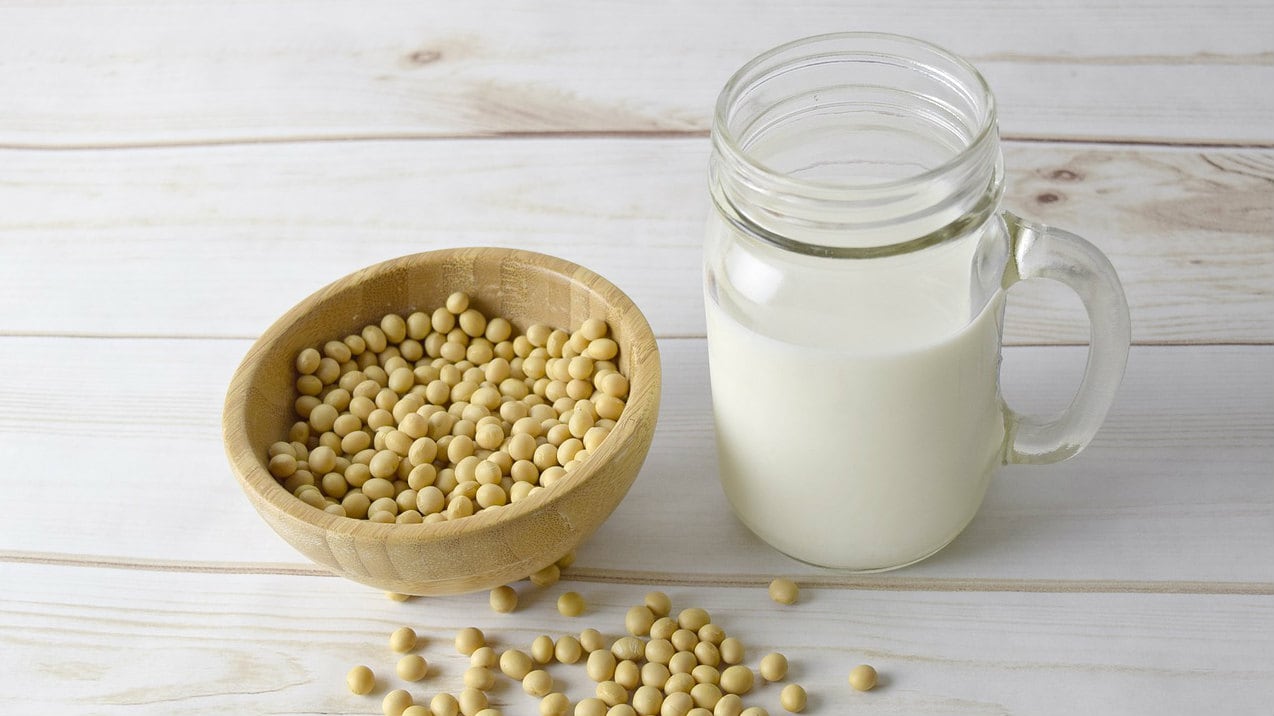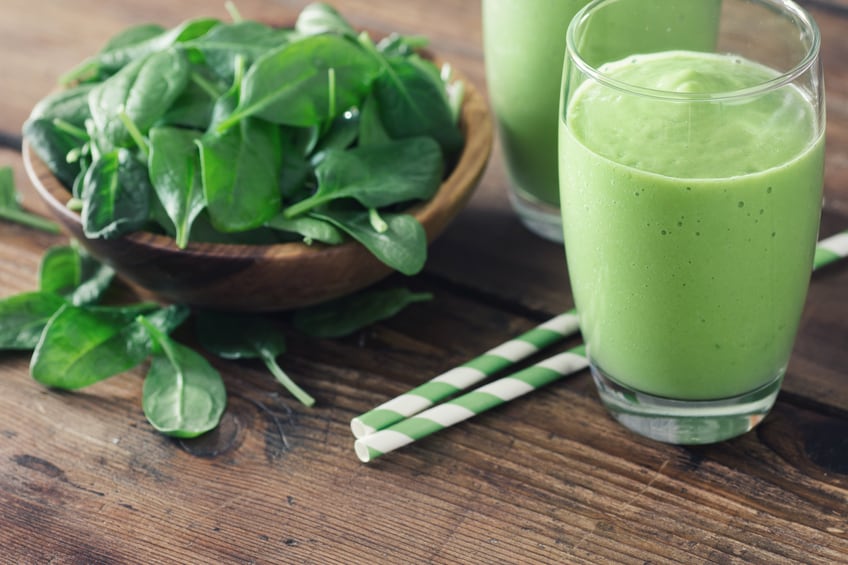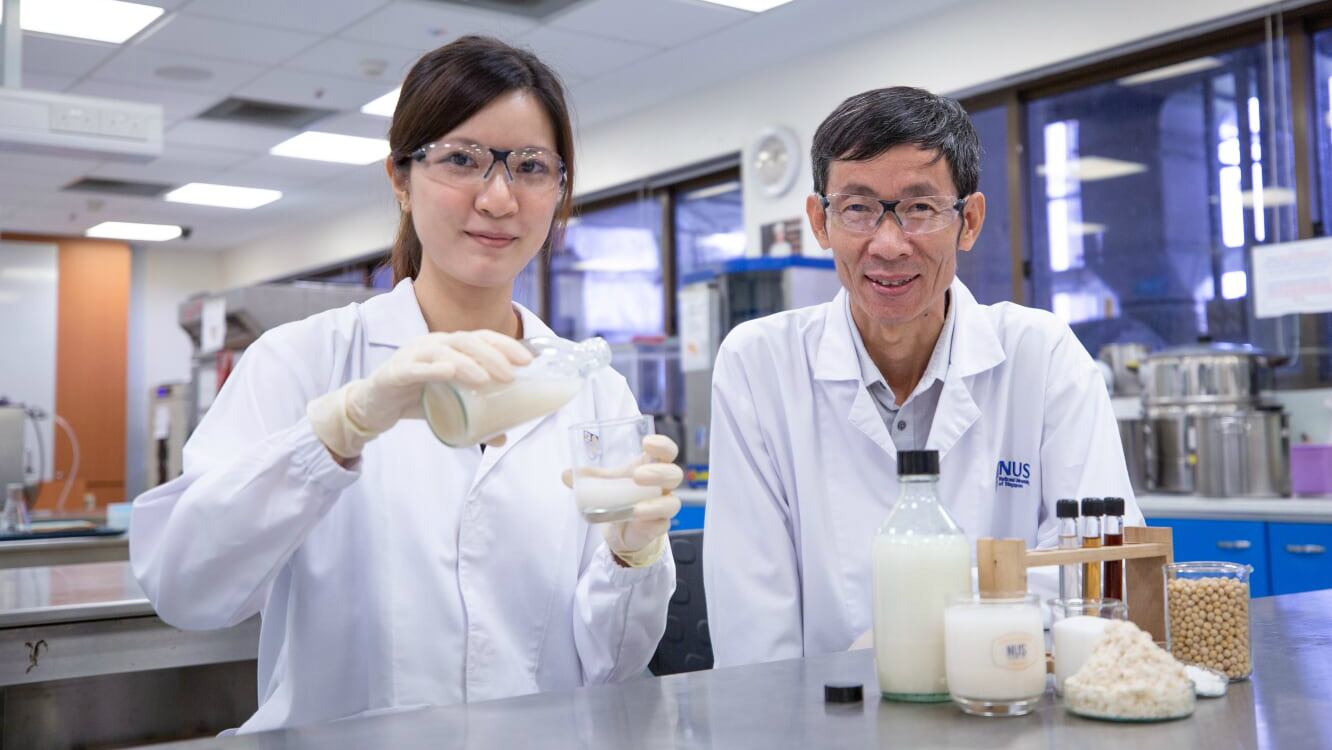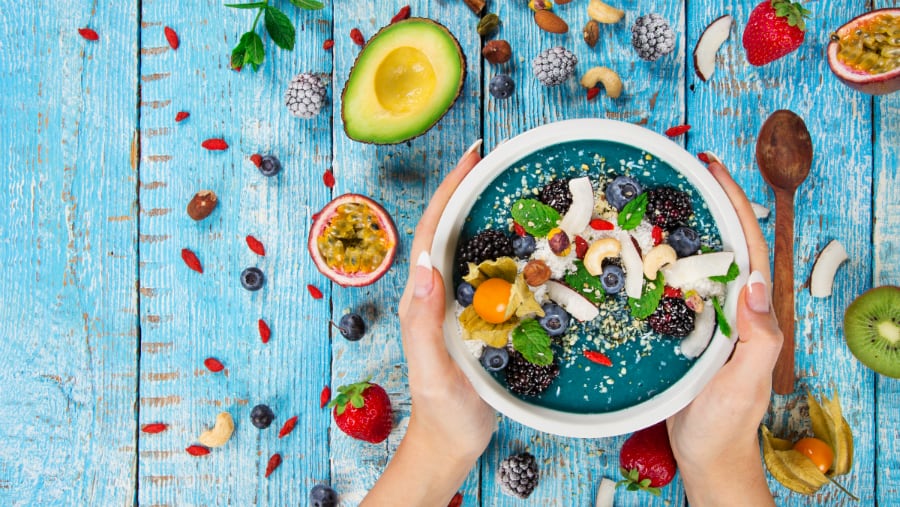In China, a ‘Grassland Healthy’ diet rich in soy products, yoghurt and eggs was associated with a lower risk of hypertension.
Similar results were seen in Thailand, where a ‘Prudent’ dietary pattern high in soy products, milk, fruits and vegetables showed lower hypertension incidents as compared to the ‘Modern’ dietary pattern which was low in soy.
Both studies were conducted using questionnaires and took social, economic and lifestyle factors into account.
China: The Grassland Healthy diet
Apart from questionnaires, the China study also incorporated face-to-face interviews. It was mostly conducted in China’s Yunnan province.
Initially, the study was also investigating two other diet patterns. These were the ‘Tuber and Meat’ diet high in tubers, beef, mutton and pork; and the ‘Fruit and Vegetable’ diet high in fruits and vegetables.
Preliminary results actually showed that both latter diets also showed a tendency to lower hypertension, but once further adjustments for age, this pattern ‘disappeared’.
“[As] we know, fruits, vegetables, and low-fat dairy products which were characterised by Dietary Approaches to Stop Hypertension (DASH) pattern [is] one of the most well-known dietary strategies for antihypertensive effect,” said the authors.
“[We found that] the association was more likely to be explained by participants’ age. When age was controlled, this inverse relationship disappeared.”
“Our results indicate that ‘Grassland healthy’ dietary pattern is associated with lower risk of hypertension, providing an additional support for dietary intervention strategies to reduce the risk of hypertension among multi-ethnic populations.”
The study also found that the ‘Grassland Healthy’ diet was more commonly practised by ‘Participants who were younger and had higher level of education’, ‘Tuber and Meat’ by younger male Tibetans, and ‘Fruit and Vegetable’ by younger males from the Naxi tribe.
Thailand: The ‘Prudent’ dietary pattern
In Thailand, the study was conducted based on the Thai Cohort Study (TCS), a prospective cohort study conducted nationwide from 2005 to 2013.
Two dietary patterns were identified: ‘Modern’ and ‘Prudent’.
The Modern diet comprised high intakes of mostly processed or ultraprocessed foods: Roasted/smoked foods, instant foods, canned foods, fermented fruits/vegetables, fermented foods, soft drinks and deep-fried foods.
Prudent diet practitioners were generally more highly educated than Modern diet practitioners. The latter group also showed higher BMIs and more occurrences of hypertension.
“Hypertension is one of the most important contributors to premature death worldwide,” said the study authors.
“Increasing intake of the Modern dietary pattern was positively and progressively associated with the risk of hypertension. No significant association between the Prudent dietary pattern and hypertension was found.”
“[In] Western populations, dietary patterns rich in vegetables are associated with reduced risk of hypertension or lower levels of blood pressure. However, in Asian populations, the association between vegetable-rich dietary patterns and hypertension or blood pressure remains uncertain.”
“While some studies in Asia found no association between a vegetable-rich dietary pattern and blood pressure, other studies found inverse or positive associations.”
Soy products and hypertension
A compound called isoflavone which found in soy, green tea and other plant foods is thought to be the answer behind these findings.
Isoflavones help to relieve hypertension by increasing the production of enzymes that make nitric oxide. This in turn helps to widen blood vessels, reducing pressure on the vessel walls, and thus relaxing them to lower blood pressure.
"[We encourage] the average adult to consider including […] soy products in a healthy, well-balanced diet to reduce the chances of developing high blood pressure,” said Safiya Richardson, author of a 2012 study on isoflavones from Columbia University at a medical conference.
“For people with hypertension, it's important that they talk with their doctor about isoflavones as a possible addition [their diets] that could reduce the need for medication."
Richardson added that participants in her study who consumed over 2.5mg of isoflavones a day had a significantly lower systolic blood pressure than those who consumed less than 0.33mg per day.
A glass of soy milk contains roughly 22mg of isoflavones, and 100g of roasted soybeans has some 130mg.
Study 1
Source: BMC Public Health
Study: Association between dietary patterns and hypertension among Han and multi-ethnic population in southwest China
Authors: Ruan, Y. et. al.
https://doi.org/10.1186/s12889-018-6003-7
Study 2
Source: Public Health Nutrition, Cambridge University Press
Study: Dietary patterns associated with hypertension risk among adults in Thailand: 8-year findings from the Thai Cohort Study
Authors: Shi, Z. et. al.





